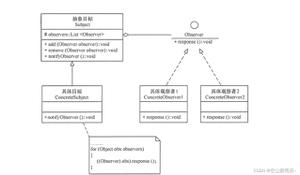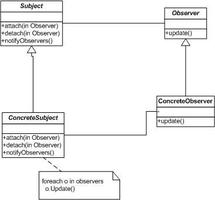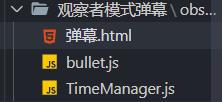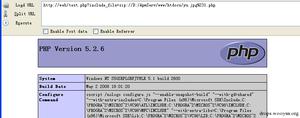PHP 使用闭包实现观察者模式
示例
通常,观察者是一类,当对被观察对象执行操作时,将调用特定方法。在某些情况下,闭包足以实现观察者设计模式。
这是这种实现的详细示例。首先声明一个类,其目的是在属性更改时通知观察者。
<?phpclass ObservedStuff implements SplSubject
{
protected $property;
protected $observers = [];
public function attach(SplObserver $observer)
{
$this->observers[] = $observer;
return $this;
}
public function detach(SplObserver $observer)
{
if (false !== $key = array_search($observer, $this->observers, true)) {
unset($this->observers[$key]);
}
}
public function notify()
{
foreach ($this->observers as $observer) {
$observer->update($this);
}
}
public function getProperty()
{
return $this->property;
}
public function setProperty($property)
{
$this->property = $property;
$this->notify();
}
}
然后,让我们声明将代表不同观察者的类。
<?phpclass NamedObserver implements SplObserver
{
protected $name;
protected $closure;
public function __construct(Closure $closure, $name)
{
$this->closure = $closure->bindTo($this, $this);
$this->name = $name;
}
public function update(SplSubject $subject)
{
$closure = $this->closure;
$closure($subject);
}
}
让我们最后测试一下:
<?php$o = new ObservedStuff;
$observer1 = function(SplSubject $subject) {
echo $this->name, ' has been notified! New property value: ', $subject->getProperty(), "\n";
};
$observer2 = function(SplSubject $subject) {
echo $this->name, ' has been notified! New property value: ', $subject->getProperty(), "\n";
};
$o->attach(new NamedObserver($observer1, 'Observer1'))
->attach(new NamedObserver($observer2, 'Observer2'));
$o->setProperty('Hello world!');
// 显示:
//Observer1已收到通知!新物业价值:世界您好!
//Observer2已收到通知!新物业价值:世界您好!
请注意,此示例之所以有效,是因为观察者具有相同的性质(他们都是“命名的观察者”)。
以上是 PHP 使用闭包实现观察者模式 的全部内容, 来源链接: utcz.com/z/330665.html









